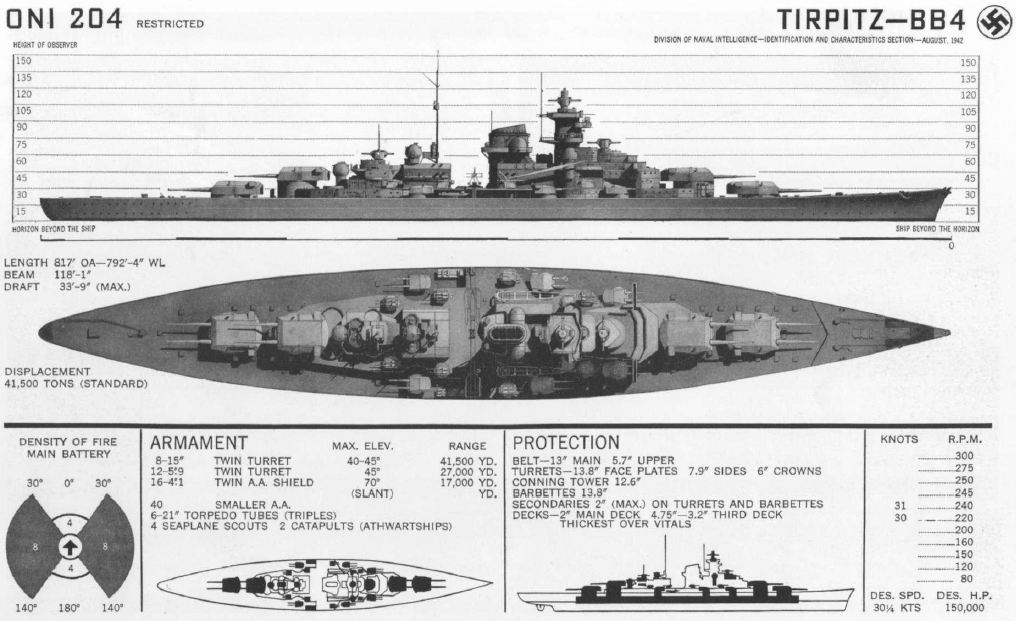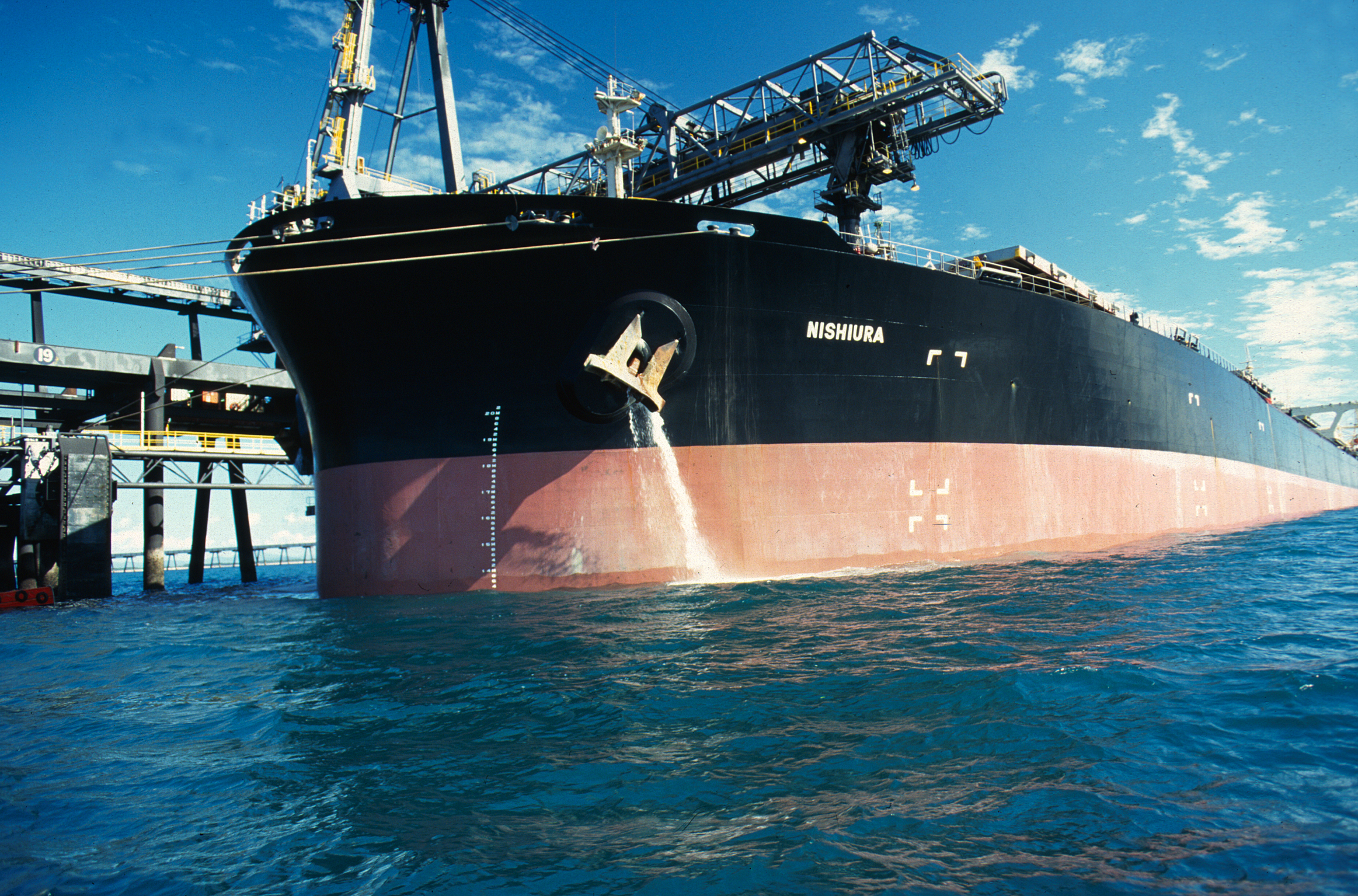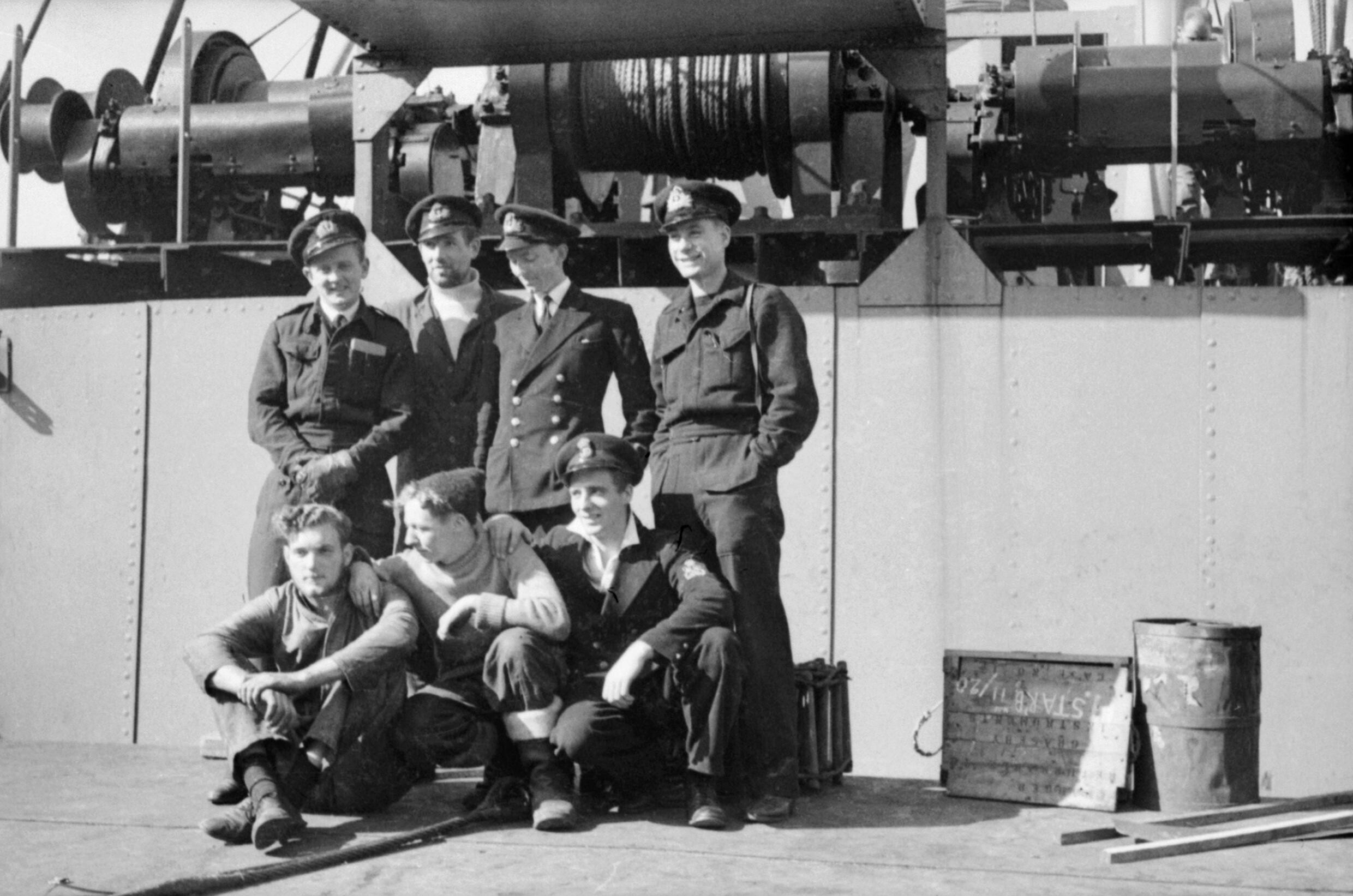|
Hecht (submarine)
''Hecht'' (German: " Pike"), also known as Type XXVIIA, was a two-man all-electric German midget submarine created during World War II. History The origin of the ''Hecht'' began with the salvage of the two British X class submarines and which had been sunk during Operation Source, an attempt to sink the German battleship Tirpitz. ''Hauptamt Kriegschiffbau'' subsequently produced a design for a two-man submarine based on inspection of the British boats, designated Type XXVIIA and named ''Hecht'' ("Pike") Like the British X class boats, the Type XXVIIA was designed to carry explosive charges to be laid beneath enemy ships, but it was markedly smaller and had substantial differences from the X class. It dispensed with a dual diesel/electric propulsion system, relying instead solely on electrical power in the form of a 12 hp AEG torpedo motor, on the basis that since it would operate submerged there was no need for a diesel engine. This resulted in a very low endurance of a ... [...More Info...] [...Related Items...] OR: [Wikipedia] [Google] [Baidu] |
Germaniawerft
Friedrich Krupp Germaniawerft (often just called Germaniawerft, "Germania (personification), Germania shipyard") was a German shipbuilding company, located in the harbour at Kiel, and one of the largest and most important builders of U-boats for the Kaiserliche Marine in World War I and the Kriegsmarine in World War II. The original company was founded in 1867 but went bankrupt and was bought out by Friedrich Alfred Krupp, Friedrich Krupp. Krupp was very interested in building warships and in the time before the First World War built a number of battleships for the Kaiserliche Marine, including , , , and . A total of 84 U-boats were built in the shipyard during the war. After the war it returned to the normal production of yachts and transports. History The company was founded in 1867 by Lloyd Foster, as the Norddeutsche Schiffbau-Gesellschaft, in the town of Gaarden, near Kiel. The idea of the company was to construct warship, war and merchant ships. In 1876 the company built the ... [...More Info...] [...Related Items...] OR: [Wikipedia] [Google] [Baidu] |
German Battleship Tirpitz
() was the second of two s built for Nazi Germany's (navy) prior to and during the Second World War. Named after Grand Admiral Alfred von Tirpitz, the architect of the (Imperial Navy), the ship was laid down at the in Wilhelmshaven in November 1936 and her Hull (watercraft), hull was launched two and a half years later. Work was completed in February 1941, when she was commissioned into the German fleet. Like her sister ship, , was armed with a main battery of eight 38 cm SK C/34 naval gun, guns in four twin Gun turret, turrets. After a series of wartime modifications she was 2000 tonnes heavier than , making her the heaviest battleship ever built by a European navy. After completing sea trials in early 1941, briefly served as the centrepiece of the Baltic Fleet, which was intended to prevent a possible break-out attempt by the Soviet Baltic Fleet#Great Patriotic War, Soviet Baltic Fleet. In early 1942, the ship sailed to Norway to act as a deterrent against an Allied in ... [...More Info...] [...Related Items...] OR: [Wikipedia] [Google] [Baidu] |
Seehund
''Seehund'' (German: "seal"), also known as Type XXVII, was a midget submarine built by Nazi Germany during World War II. Designed in 1944 and operated by two-man crews, it was used by the ''Kriegsmarine'' (German Navy) during the closing months of the war, sinking nine merchant vessels and damaging an additional three, while losing 35 boats, mostly attributed to bad weather. The French Navy used four captured boats after the war until 1953. History The origin of the ''Seehund'' began with the salvage of the two British X class submarines and which had been lost by the Royal Navy during Operation Source, an attempt to sink the German battleship ''Tirpitz''. ''Hauptamt Kriegschiffbau'' subsequently produced a design for a two-man submarine based on inspection of the British boats, designated Type XXVIIA and named ''Hecht'' (" Pike"). XXVIIA (Hecht) Like the British X class boats, the Type XXVIIA was designed to carry explosive charges to be laid beneath enemy ships, but it ... [...More Info...] [...Related Items...] OR: [Wikipedia] [Google] [Baidu] |
Gyrocompass
A gyrocompass is a type of non-magnetic compass which is based on a fast-spinning disc and the rotation of the Earth (or another planetary body if used elsewhere in the universe) to find geographical Direction (geometry), direction automatically. A gyrocompass makes use of one of the seven fundamental ways to determine the heading of a vehicle. A gyroscope is an essential component of a gyrocompass, but they are different devices; a gyrocompass is built to use the effect of gyroscopic precession, which is a distinctive aspect of the general gyroscopic effect. Gyrocompasses, such as the fibre optic gyrocompass are widely used to provide a heading for navigation on ships. This is because they have two significant advantages over magnetic compasses: * they find true north as determined by the axis of the Earth's rotation, which is different from, and navigationally more useful than, Magnetic North Pole#Magnetic north and magnetic declination, ''magnetic'' north, and * they have a ... [...More Info...] [...Related Items...] OR: [Wikipedia] [Google] [Baidu] |
Welman Submarine
The Welman submarine was a Second World War one-man British midget submarine developed by the Special Operations Executive. It only saw action once and was not particularly successful. Design Designed by the Commanding Officer of SOE's Inter Services Research Bureau (ISRB), Lt Col. John Dolphin, as a method of delivering a large explosive charge below an enemy ship, the Welman was a submersible craft in length (including explosive charge), weighing about . Unlike the "Chariot" human torpedo, the operator was enclosed within the craft, and did not need to wear diving gear. The Welman could transport a time-fused explosive charge of Torpex, which was intended to be magnetically attached to a target's hull.Akermann, p. 462 Vision was through armoured glass segments in the small conning tower, and no periscope was fitted. Production Following trials in the Queen Mary Reservoir near Staines towards the end of 1942, the Welman was put into production, the production being contr ... [...More Info...] [...Related Items...] OR: [Wikipedia] [Google] [Baidu] |
Limpet Mine
A limpet mine is a type of naval mine attached to a target by magnets. It is so named because of its superficial similarity to the shape of the limpet, a type of sea snail that clings tightly to rocks or other hard surfaces. A swimmer or diver may attach the mine, which is usually designed with hollow compartments to give the mine just slight negative buoyancy, making it easier to handle underwater. Types of fuses Usually limpet mines are set off by a time fuse. They may also have an anti-handling device, making the mine explode if removed from the hull by enemy divers or by explosions. Sometimes limpet mines have been fitted with a small turbine which would detonate the mine after the ship had sailed a certain distance, so that it was likely to sink in navigable channels (to make access difficult for other ships) or deep water (out of reach of easy salvage) and making determination of the cause of the sinking more difficult. Development In December 1938, a new unit was c ... [...More Info...] [...Related Items...] OR: [Wikipedia] [Google] [Baidu] |
Karl Dönitz
Karl Dönitz (; 16 September 1891 – 24 December 1980) was a German grand admiral and convicted war criminal who, following Adolf Hitler's Death of Adolf Hitler, suicide, succeeded him as head of state of Nazi Germany during the Second World War in April 1945. He held the position until the dissolution of the Flensburg Government following German Instrument of Surrender, Germany's unconditional surrender to the Allies of World War II, Allies weeks later. As Oberkommando der Marine, Supreme Commander of the Navy beginning in 1943, he played a major role in the naval history of World War II, naval history of the war. He began his career in the Imperial German Navy before the First World War. In 1918 he was commanding , and was captured as a prisoner of war by British forces. As commander of ''UB-68'', he attacked a convoy in the Mediterranean while on patrol near Malta. Sinking one ship before the rest of the convoy outran his U-boat, Dönitz began to formulate the concept of U- ... [...More Info...] [...Related Items...] OR: [Wikipedia] [Google] [Baidu] |
Ballast Tank
A ballast tank is a Compartment (ship), compartment within a boat, ship or other floating structure that holds water, which is used as ballast to provide hydrostatic stability for a vessel, to reduce or control buoyancy, as in a submarine, to correct Trim (vessel), trim or Angle of list, list, to provide a more even load distribution along the hull to reduce structural Hogging and sagging, hogging or sagging stresses, or to increase Draft (hull), draft, as in a semi-submersible vessel or platform, or a SWATH, to improve seakeeping. Using water in a tank provides easier weight adjustment than the stone or iron ballast used in older vessels, and makes it easy for the crew to reduce a vessel's Draft (hull), draft when it enters shallower water, by temporarily pumping out ballast. Airships use ballast tanks mainly to control buoyancy and correct trim. History The concept of ballast tanks, inspired by nature, can be seen in aquatic life forms like blowfish and the argonaut octopus, ... [...More Info...] [...Related Items...] OR: [Wikipedia] [Google] [Baidu] |
Diving Plane
Diving planes, also known as hydroplanes, are control surfaces found on a submarine which allow the vessel to Pitch (flight), pitch its bow and stern up or down to assist in the process of submerging or surfacing the boat, as well as controlling depth when submerged. Bow and stern planes Diving planes are usually fitted in two pairs, the ''bow (ship), bow planes'' at the front of the submarine and the ''stern planes'' at the rear. The stern planes function in much the same way as an aircraft's elevator (aircraft), elevator. As the planes are a long distance fore-and-aft from the hull's centre of buoyancy, they introduce a pitching moment. Ballast tanks within the submarine adjust buoyancy to be neutral, making the boat controllable. The position of the planes controls the pitch (aviation), pitch of the boat and, with the forward motion of the boat, this controls depth. If not carefully controlled, this could lead to a Phugoid, 'porpoising' motion whereby the planesman continua ... [...More Info...] [...Related Items...] OR: [Wikipedia] [Google] [Baidu] |
Operation Source
Operation Source was a series of attacks to neutralise the heavy German warships – ''Tirpitz'', ''Scharnhorst'', and ''Lützow'' – based in northern Norway, using X-class midget submarines. The attacks took place in September 1943 at Kåfjord and succeeded in keeping ''Tirpitz'' out of action for at least six months. The concept for the attack was developed by Commander Cromwell-Varley, with support of Max Horton, Flag Officer Submarines, and Prime Minister Winston Churchill. On September 12, 1943, in conditions of low clouds and rain, Soviet pilot Leonid Elkin found the ''Tirpitz'' anchorage in Altenfjord, descended under the edge of the clouds and passed above it three times under heavy anti-aircraft fire at an altitude of 50 meters, achieving high-quality photography of the target. The resulting photographs were immediately transferred to the British Admiralty, which, based on them, prepared a new operation. The operation was directed from Royal Navy shore establishme ... [...More Info...] [...Related Items...] OR: [Wikipedia] [Google] [Baidu] |
Kiel
Kiel ( ; ) is the capital and most populous city in the northern Germany, German state of Schleswig-Holstein. With a population of around 250,000, it is Germany's largest city on the Baltic Sea. It is located on the Kieler Förde inlet of the Bay of Kiel and lies in the southeast of the Jutland Peninsula, on the mouth of the Schwentine River, approximately northeast of Hamburg. The world's busiest artificial waterway, the Kiel Canal, has a terminus in Kiel's Holtenau district. This canal connects the Baltic to the North Sea, with its other end in Brunsbüttel. Most of Kiel is part of Holstein. The boroughs north of the Schwentine also belong to Wagria, while those north of the Kiel Canal are historically part of Southern Schleswig. Kiel is one of Germany's major maritime centres, known for a variety of international sailing events, including the annual Kiel Week, which is the biggest sailing event in the world. Kiel is also known for the Kiel mutiny, Kiel Mutiny, when sailors re ... [...More Info...] [...Related Items...] OR: [Wikipedia] [Google] [Baidu] |
X Class Submarine
The X class was a World War II midget submarine class built for the Royal Navy during 1943–44. It was substantially larger than the original Chariot manned torpedo. Known individually as X-Craft, the vessels were designed to be towed to their intended area of operations by a full-size "mother" submarine – usually one of the T class or S class – with a passage crew on board, the operational crew being transferred from the towing submarine to the X-Craft by dinghy when the operational area was reached, and the passage crew returning with the dinghy to the towing submarine. Once the attack was over, the X-Craft would rendezvous with the towing submarine and then be towed home. Range was limited primarily by the endurance and determination of their crews, but was thought to be up to 14 days in the craft or , after suitable training. Actual range of the X-Craft itself was surfaced and at submerged. Specification The craft was about long, maximum diameter and displaced ... [...More Info...] [...Related Items...] OR: [Wikipedia] [Google] [Baidu] |








